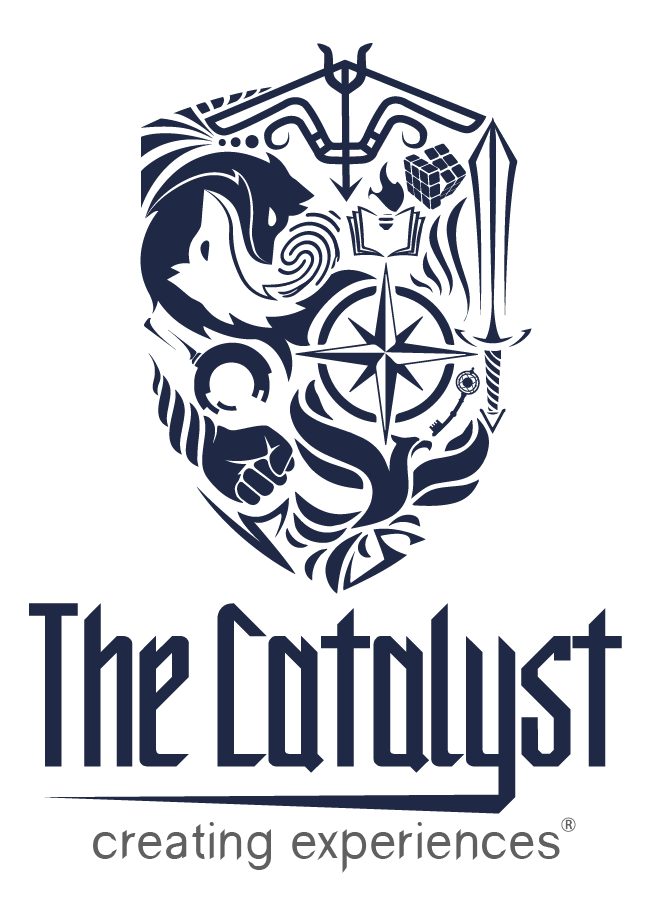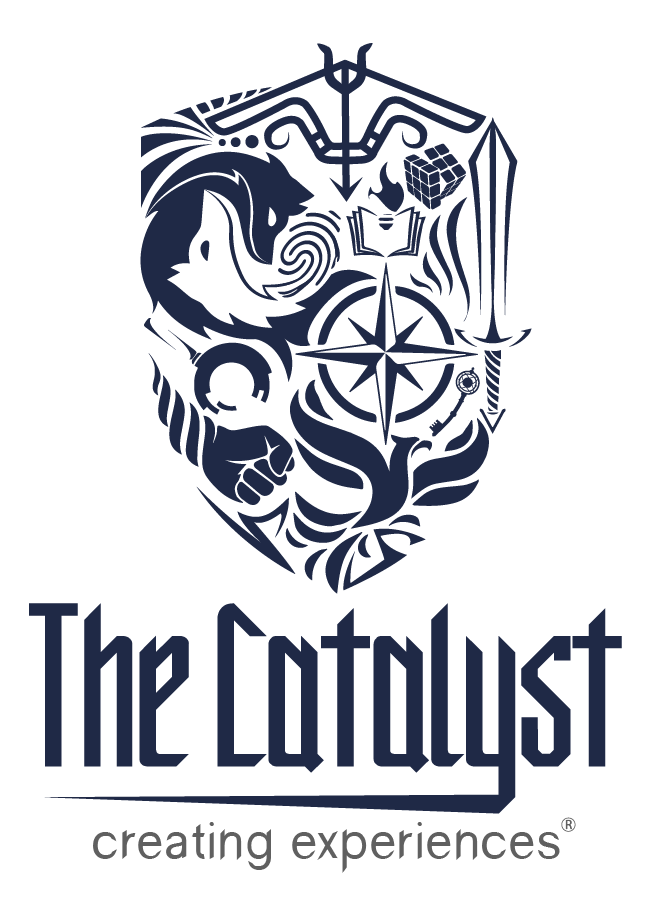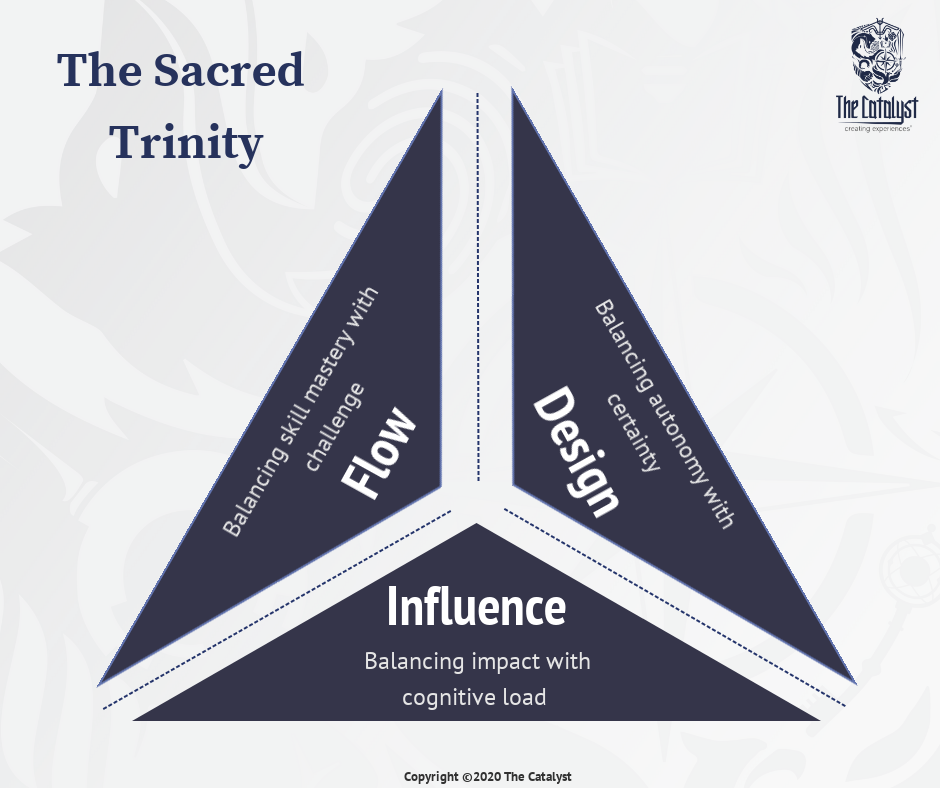In today’s upbeat market, the pressing demand for virtual learning programs was always around, even before the pandemic we are living became an evident reality. Yet, the application of virtual programs was mainly scrutinized and set as a backup option instead of an effective and full-fledged solution that can live up to the prestige of live face to face interactions.
The way I see it, there is a trinity of 3 main arches that must be put in check when it comes to weaving a virtual learning program’s tapestry:
1. Flow
2. Influence
3. Design
- Flow:
Experiencing optimal flow is nothing novel to anyone who knows the theory & work of Mihaly Csikszentmihalyi, flow is an optimal psychological state that people experience when engaged in an activity that is both appropriately challenging to one's skill level, often resulting in immersion and concentrated focus on a task. This can result in deep learning and high levels of personal and work satisfaction.
Learners who get to be challenged with knowledge, questions, interaction and learning goals that match their needs & skills, plus gaining an ability to increase their mastery level bit by bit throughout a learning program are the most satisfied learners you can possibly and find. Learning designers must be able to conduct a meticulous analysis that truly explains the learning hurdle and the individuals subject to the learning, in order for them to create a learning experience that can contain cognitive & skill based challenges that would breach that state of flow.
- Influence:
As a learner, it is easy to lose focus & get overwhelmed by the burden of complex information being conducted in a learning program, whether that was virtual or in person. And this should not be surprising, as our working memory (our mental workspace), has a limited capacity for processing sensory information.
If the demands placed on working memory, known as cognitive load, are too high, learners may give up in frustration or fail to comprehend. According to cognitive load theory, some inherent cognitive load must occur during the process of learning. In fact, learners can get impacted from friction, difficulties, and challenge.
What isn't an impact, is excessive or extraneous cognitive load, which is under the control of the learning designer. Extraneous cognitive load does not contribute to the learning process. By reducing the extra mental effort required to learn new information, we can assure greater learning impact upon the learner.
- Design:
Needless to say, the corner stone of any learning experience (virtual or in-person) is being able to tailor a learning design worthy of the work you are conducting. Yet, a truly compelling learning design is the one that allows more capacity for autonomy & certainty.
According to Holmes & Ramos 1991, learners who assume greater control over their own learning build higher awareness and responsibility over the topics being taught or conducted.
Learners who are able to take decisions within a learning context, receive a continuous flow of feedback, perform self-assessments, able to build horizontal relationships with peers and experience diversity in learning applications are learners who experienced an engulfing design that took them onto a journey, an expedition rather than just a learning program.
In Conclusion, this scared trinity when is put in motion your virtual program is no longer at the mercy of being positioned as less of an adversary to any face-to-face interaction (or any other virtual program to say the least); for the simplest reason that you are no longer creating a mere program, you are instead building up a learning experience worthy of your & your learners’ efforts.







